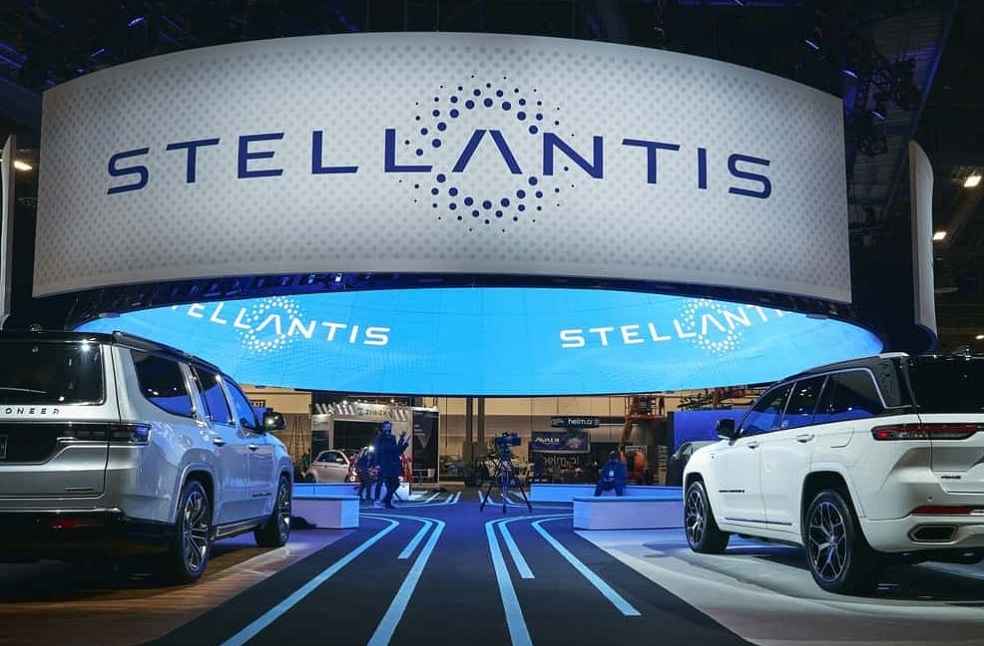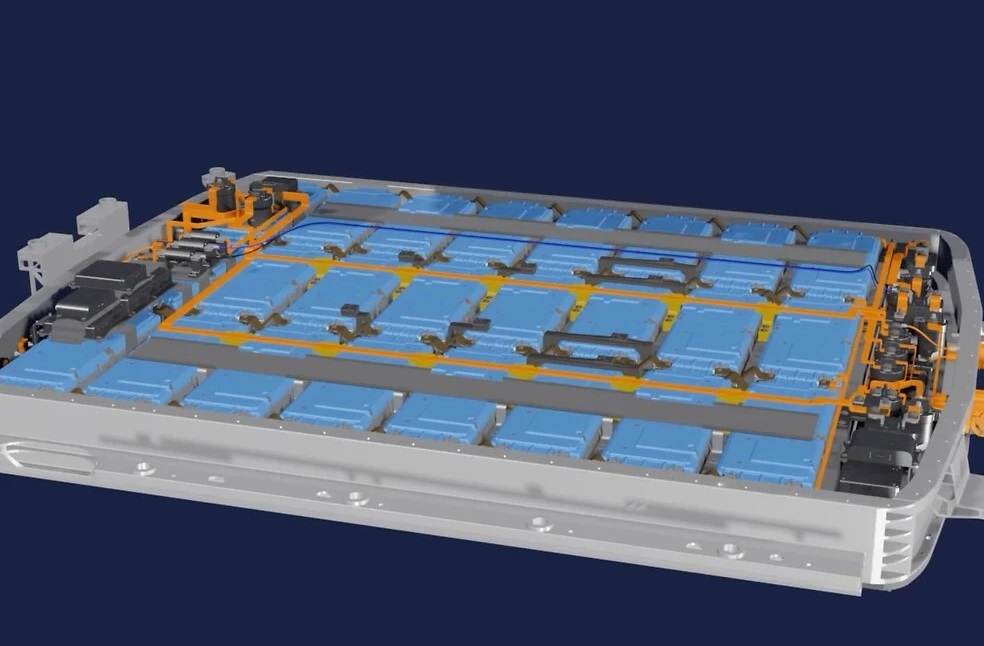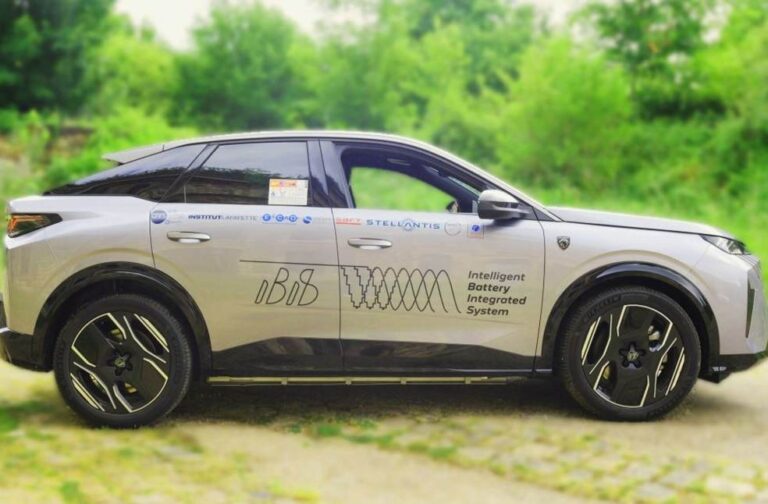Stellantis has introduced a new electric vehicle battery technology known as Intelligent Battery Integrated System (IBIS), which integrates the charger and inverter directly into the battery pack, minimizing complexity, space requirements, and maintenance needs.
Stellantis describes the IBIS system as a groundbreaking innovation that will enable future EVs to be lighter, more efficient, and faster.
Co-developed with Saft, Sherpa Engineering, Université Paris-Saclay, and Institut Lafayette, Stellantis’ IBIS system integrates the charger and inverter directly into the battery pack. This design enhances efficiency not only during the battery’s initial automotive life but also into its second life. IBIS enables electric vehicle batteries to be repurposed for second-life battery energy storage systems (BESS) by reducing the need for costly and complex reconditioning.

Stellantis researchers fitted the system into a Peugeot E-3008 to conduct testing and real-world assessments. Built on the STLA Medium platform, the prototype is the result of years of design, modeling, and simulation work by both Stellantis and Saft.
“This project reflects our belief that simplification is innovation. By rethinking and simplifying the electric powertrain architecture, we are making it lighter, more efficient, and more cost-effective. These are the kinds of innovations that help us deliver better, more affordable EVs to our customers,” said Ned Curic, Chief Engineering and Technology Officer at Stellantis.
Key Advantages of IBIS Technology:
- Improved Energy Efficiency and Power: Delivers up to a 10% boost in energy efficiency (based on WLTC cycle) and a 15% increase in power output (172 kW vs. 150 kW) with the same battery size.
- Reduced Weight and Greater Space Efficiency: Cuts vehicle weight by approximately 40 kg and frees up to 17 liters of space, allowing for improved aerodynamics
- Faster Charging and Energy Savings: Preliminary data shows a 15% decrease in charging time (from 7 to 6 hours using a 7 kW AC charger) and 10% energy savings.
- Simplified Maintenance and Reuse Potential: Offers easier servicing and enhances the viability of second-life battery use in both automotive and stationary energy storage systems.

IBIS has been under development for several years, with its initial proof-of-concept for stationary use completed in 2022. The technology would be integrated into Stellanti’s upcoming electric and hybrid models by the end of the decade.
GENERAL | Hyundai Expands Global EV and Hybrid Lineup with Europe, India Focus





